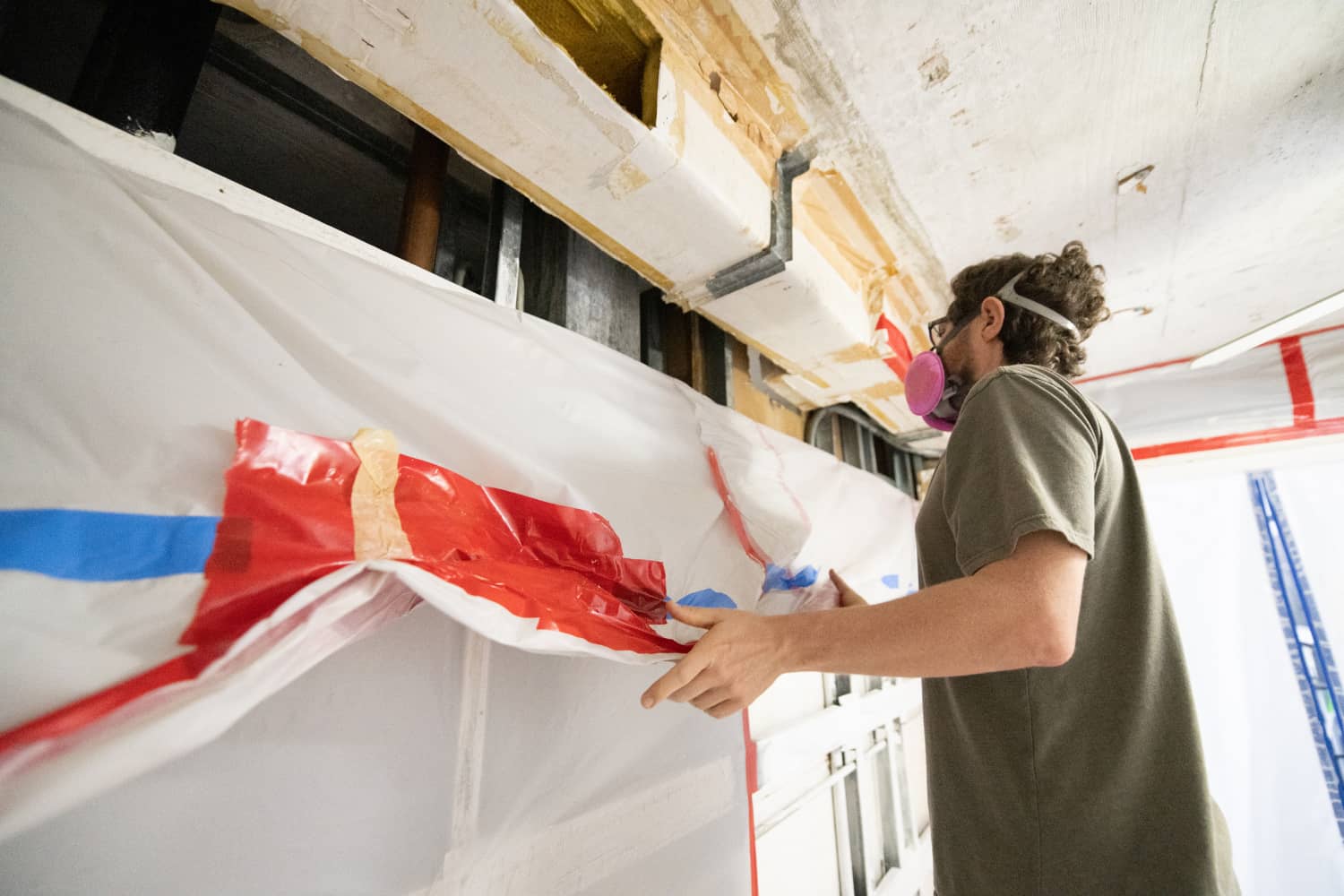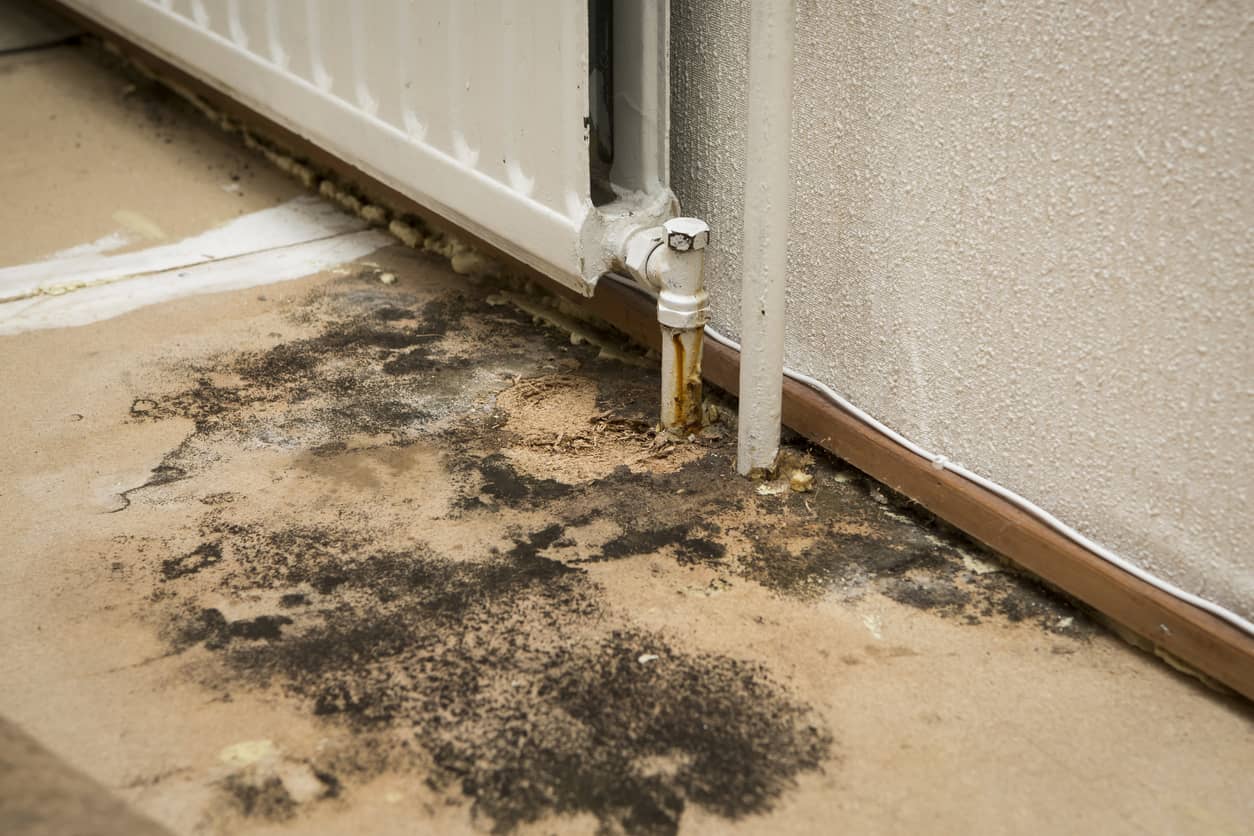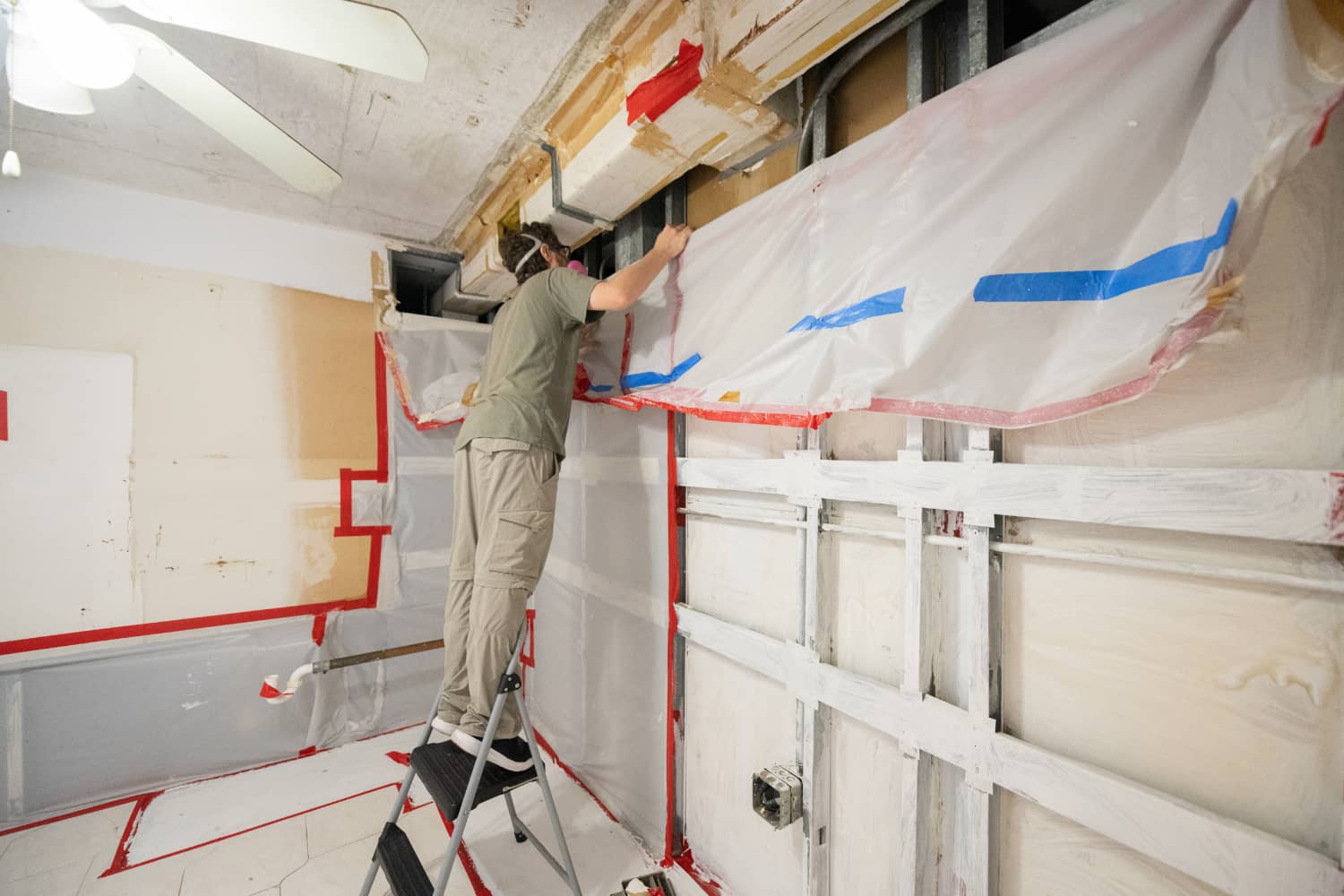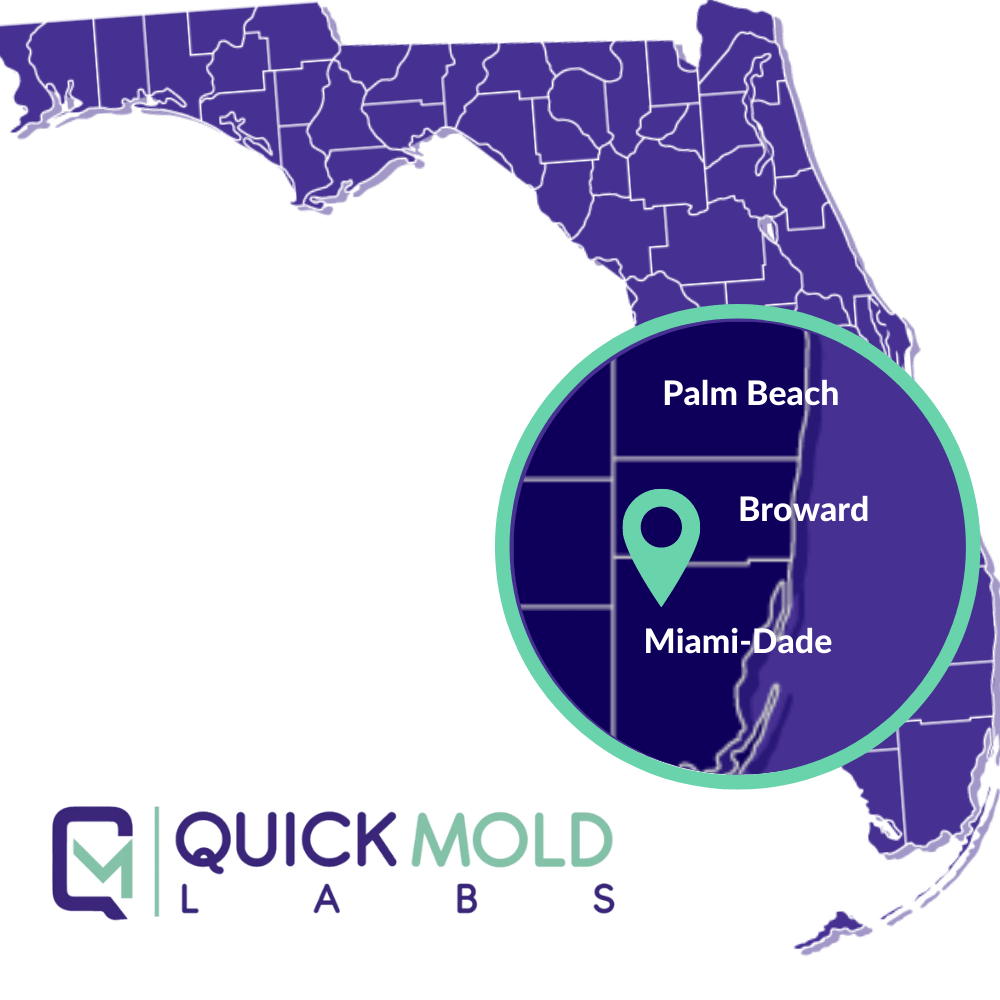-Miami Mold Assessment
Reliable Residential And Commercial Miami Mold Assessment In Miami-Dade County
Our Miami Mold Assessment Prioritizes Your Health and Safety
The humidity in Florida offers the perfect setting for mold to grow. Unfortunately for homeowners, that also means it is the perfect setting for mold to damage your house. If you suspect mold growth in your home, contact Quick Mold Labs and we’ll identify any potential mold concern and perform a comprehensive mold assessment.
Miami Mold Assessment - Protect Your Home and Business
Mold growth has become a major source of concern for homeowners across the country because it affects the safety of the structure of your home, as well as the safety of your family and their health. Quick Mold Labs provides a comprehensive variety of Miami mold assessment services to assist homeowners in understanding and managing their mold problems. Our mold assessments will characterize possible exposures, identify types of mold, and predict the impacts they can have. Our method is founded on solid research and an in-depth understanding of the issues surrounding mold in homes.
What is Mold?
Molds are tiny organisms that may be found both indoors and outdoors. Mold will grow and reproduce under the appropriate conditions, requiring only enough moisture (e.g., very high humidity, condensation, or water from a leaking pipe, etc.) and organic material, especially cellulose (e.g., ceiling tile, drywall, paper, or natural fiber carpet padding). Mold growths frequently show discoloration, staining, or fuzzy growth on building materials or furniture, and can be white, gray, brow, black, yellow, or green in color. Molds, in high amounts, can induce allergic reactions when breathed or by the toxins they produce.
How Mold Can Affect Home Occupants
When exposed to indoor molds, people react differently. The following are the most frequent health risks and symptoms, according to the Centers for Disease Control and Prevention (CDC):
- Asthma
- Allergic reactions
- Other respiratory complaints
- Nasal stuffiness
- Eye irritation
- Wheezing
- Skin irritation
Preliminary Mold Assessment
Our Professional QML Mold Inspectors thoroughly assess client locations for any signs of mold. When a client reports a possible mold development, we act immediately to determine which area of the property is affected and what the source of the problem is. The evaluation extensively examines the area in question to uncover any signs of mold. After that, our experts will determine the amount of the growth and any obvious explanation for its existence. We use photographs to document these results. Our inspection team assists clients in developing and implementing suitable, cost-effective response actions to any mold growth discovered during the evaluation.
Our mold assessments are largely visual in nature. Clients may be unaware of the extent of the problem or are unable to identify potential causes in their facility. In such cases, our team may do more sophisticated analyses, such as site drainage assessments or moisture source studies. Inspectors may be required to enter places that are not normally visible, such as behind drywall, or under flooring.
A mold assessment may be requested by a client for a variety of reasons, including:
- Before moving into a new building
- After remediation
- After water damage — flooding, leaking, etc.
- After indoor air quality complaints
- In case of mold smell
- In case of visible mold growth
The Difference Between Mold Assessment And Mold Remediation
Mold assessment and mold remediation are two methods for dealing with mold infestation in a home, office, or commercial building. They are two sides of the same coin.
Mold assessment is essentially a multi-step procedure for determining what, if any, mold exists and the seriousness of its infestation. The assessment procedure is performed to determine the source and location of the mold. It consists of a visual assessment, air quality testing, and a physical investigation to discover what is causing the mold development. This contains moisture and 'food' supplies, which allow mold spores to thrive.
This is the stage at which the extent of mold removal or mold treatment is determined. Before the remediation process can begin, Doral mold assessment must be completed. Our mold inspector collect samples from various parts of your building. This method saves money by restricting the cleaning to just the affected region. Moisture testing is also done to see if the circumstances are favorable for mold growth.
The mold remediation process can begin when the amount of the contamination is identified. Once assessment is complete, we can recommend a separate mold remediation company to handle this job. This is the process of physically removing mold and contaminated material. Mold removal products and sufficient ventilation are recommended for minor infestations. In more severe situations, carpeting, drywall, and even structural repairs may be required.
Mold assessment and mold remediation are both necessary to completely remove mold from homes and businesses, however these services should be provided by two separate companies independent of each other. If you believe that you have a mold problem, you most likely do. Consider getting a mold assessment if you have breathing issues, headaches, sneezing, or flu-like symptoms.
Tips for Homeowners
Although it is difficult to eradicate all mold and mold spores inside, mold growth can be reduced by controlling indoor moisture. The key to mold control is to eliminate the source of moisture.
- Reduce interior air humidity by venting bathrooms and dryers, utilizing dehumidifiers, boosting ventilation, and using exhaust fans when cooking, dishwashing, or cleaning.
- Within 24-48 hours, clean and dry any moist or wet building materials and furniture.
- Insulate cold surfaces such as windows, pipes, floors, external walls, or the roof to prevent condensation.
- Mold inhibitors should be added to paints before they are applied.
- Repair any leaking plumbing or other water sources.
- Mold may be removed from hard surfaces using soap and water, and then fully dried. Depending on how absorbent the material is, you may need to change it entirely.
- Contact the mold assessment experts at Quick Mold Labs to first establish if mold is present by sampling the material and then removing or encapsulating it.
#1 Miami Mold Assessment
If you suspect mold growth in your home, it might be hazardous to your health. A full scale mold assessment procedure is always recommended. Our QML Doral mold assessment team will be able to determine if your house has been contaminated, what the source is, and what you should do about it. Our comprehensive Doral mold assessment services involve collecting samples from various sections of the house for laboratory examination. One of our trained mold specialists will also give you a thorough report.
If you detect mold, please contact us as soon as possible for an assessment. If your house requires a mold assessment, we are a Certified and Licensed Mold Inspector. If mold is detected during the course of our examination, we will document all of our findings and identify areas that require care – and if removal or remediation is required we can refer you to our sister company
Flood Professionals.
Contact Quick Mold Labs about
mold testing, mold inspections and mold assessments regardless of the source of your mold problem. We can arrange for an evaluation to help protect your house against mold.
Get A Free Estimate
By filling out the form below
MOLD ASSESSMENT SERVICES:
- Licensed Professionals
- Quick & Effective
- Non-Invasive Approach




